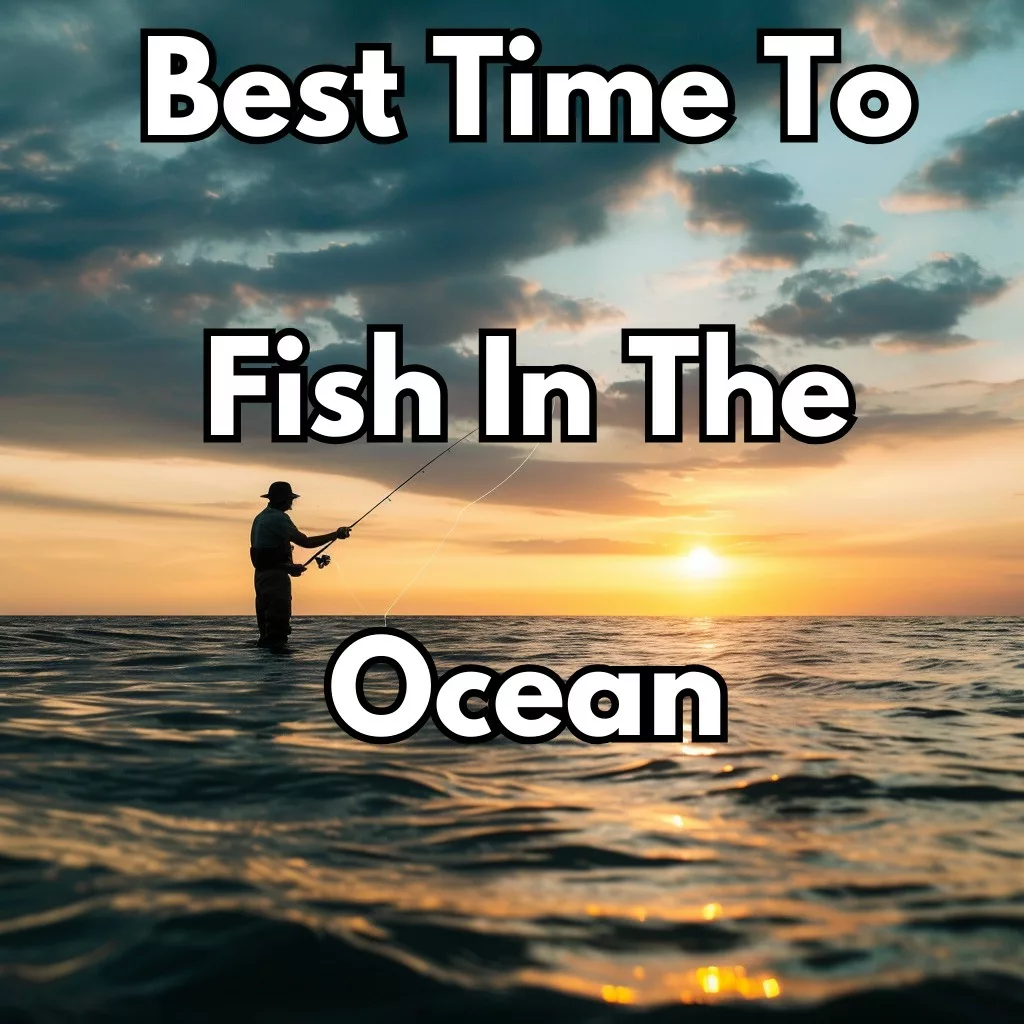Why go Fishing in the Ocean?
Ocean fishing offers a unique adventure with the promise of diverse and abundant catches. In this article, we dive into the best times and seasons to fish in the ocean, enhancing your angling experience with strategic insights.
Understanding Ocean Fishing Dynamics
Ocean fishing differs significantly from freshwater fishing, with factors like tides, moon phases, and seasonal migrations playing big roles. Understanding these elements is key to determining the most opportune times for a successful ocean fishing trip.
Tidal Influence on Ocean Fishing
-
High Tide vs. Low Tide
- High Tide: Generally, high tide is considered the best time for ocean fishing. As the tide rises, fish move closer to shore to feed on the smaller creatures brought in by the water.
- Low Tide: During low tide, fishing can be more challenging, but it’s an excellent time to scout for future fishing spots.
- Tide Change Periods
-
- The periods of changing tides, both as the tide starts to rise and begins to fall, are often the most productive for fishing. For these reasons:
-
-
-
-
- Movement of Water: Tides involve the movement of water, which in turn stimulates activity in the ocean ecosystem. As the tide changes, currents can carry various forms of marine life, including baitfish and crustaceans, into different areas. This movement attracts predator fish, making them more active and, therefore, more likely to bite.
- Access to Feeding Areas: High tides often allow bigger fish to move into areas they can’t normally access, like shallow water regions, estuaries, or between coral reefs. These areas are rich in food sources, like small fish and crustaceans. During high tides, these predators take advantage of the increased depth and water cover to hunt in these otherwise inaccessible feeding grounds.
- Concentration of Baitfish: During low tides, water recedes and can trap smaller fish and other marine life in tide pools or closer to shore. Predatory fish are aware of this and may come closer to shore or into shallower waters to take advantage of the concentrated food source.
- Change in Water Pressure: The rising and falling of tides can also cause a change in water pressure, which can affect fish behavior. Some species are more sensitive to these pressure changes and may become more active as they adjust to the new conditions.
- Behavioral Patterns of Fish: Many fish species have adapted their feeding habits around the tides. They know from experience that the movement of water and the availability of food are at their peak during these times, making them more likely to feed aggressively.
- Improved Water Clarity: In some areas, tide changes can lead to improved water clarity. During high tide, for example, murkier, sediment-laden water can be replaced with clearer water from the ocean, making it easier for fish to see and catch prey.
- Predictability for Anglers: Finally, from an angler’s perspective, tide changes offer a predictable pattern to plan their fishing trips. Knowing when the high or low tide occurs allows fishermen to be at the right place at the right time, maximizing their chances of a successful catch.
-
-
Moon Phases and Fishing
- Full Moon and New Moon: These phases, which bring about more significant tidal changes, are often associated with increased fish activity.
- Quarter Moon: The quarter phases can also be productive, but they generally bring more moderate fish activity compared to full or new moons.
Seasonal Considerations in Ocean Fishing
- Spring and Fall: These are prime times for ocean fishing. During these seasons, migratory fish species are on the move, increasing your chances of a diverse catch.
- Summer: Warm waters bring a variety of species closer to shore, making summer a popular season for ocean fishing.
- Winter: Depending on your location, winter ocean fishing can be challenging but rewarding, with species like cod and certain types of flatfish being more prevalent.
Best Time of Day for Ocean Fishing
-
Early Morning
- Advantages: The early morning hours, just after dawn, are often the most productive. Fish are actively feeding during this time, taking advantage of the lower light and cooler water temperatures.
- Tactics: Focus on areas where fish are likely to hunt for their morning meal, such as near reefs or drop-offs.
-
Late Afternoon to Dusk
- Advantages: Like early morning, the late afternoon leading into dusk sees increased fish activity as they feed before nightfall.
- Tactics: Target feeding grounds and areas with structures or natural cover.
-
Night Fishing
- Advantages: Some species are more active at night, making it an excellent time for specific targets like swordfish or certain types of sharks.
- Tactics: Use appropriate lures and baits that are effective in attracting nocturnal species.
Weather Conditions and Ocean Fishing
- Stable Weather: Consistent weather patterns tend to lead to better fishing conditions.
- Barometric Pressure: Like in freshwater fishing, a falling barometer can stimulate feeding activity in fish.
Conclusion: Maximizing Your Ocean Fishing Experience
To excel in ocean fishing, understanding the interplay of tides, moon phases, seasons, and times of day is crucial. Each element influences fish behavior, and aligning your fishing trips with these natural rhythms can significantly increase your chances of a rewarding catch. Patience, adaptability, and respect for the ocean’s ecosystem are essential traits for every successful ocean angler.

